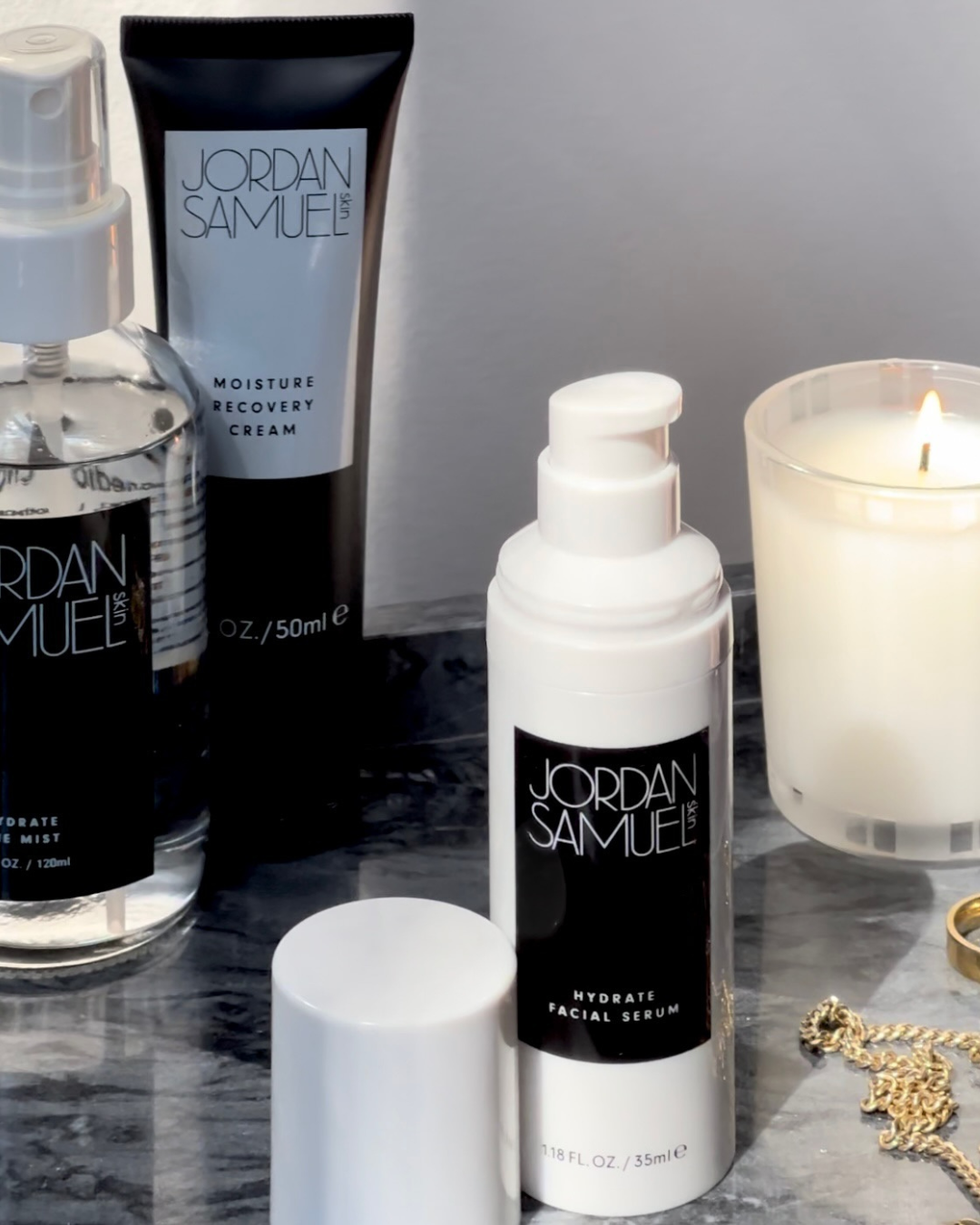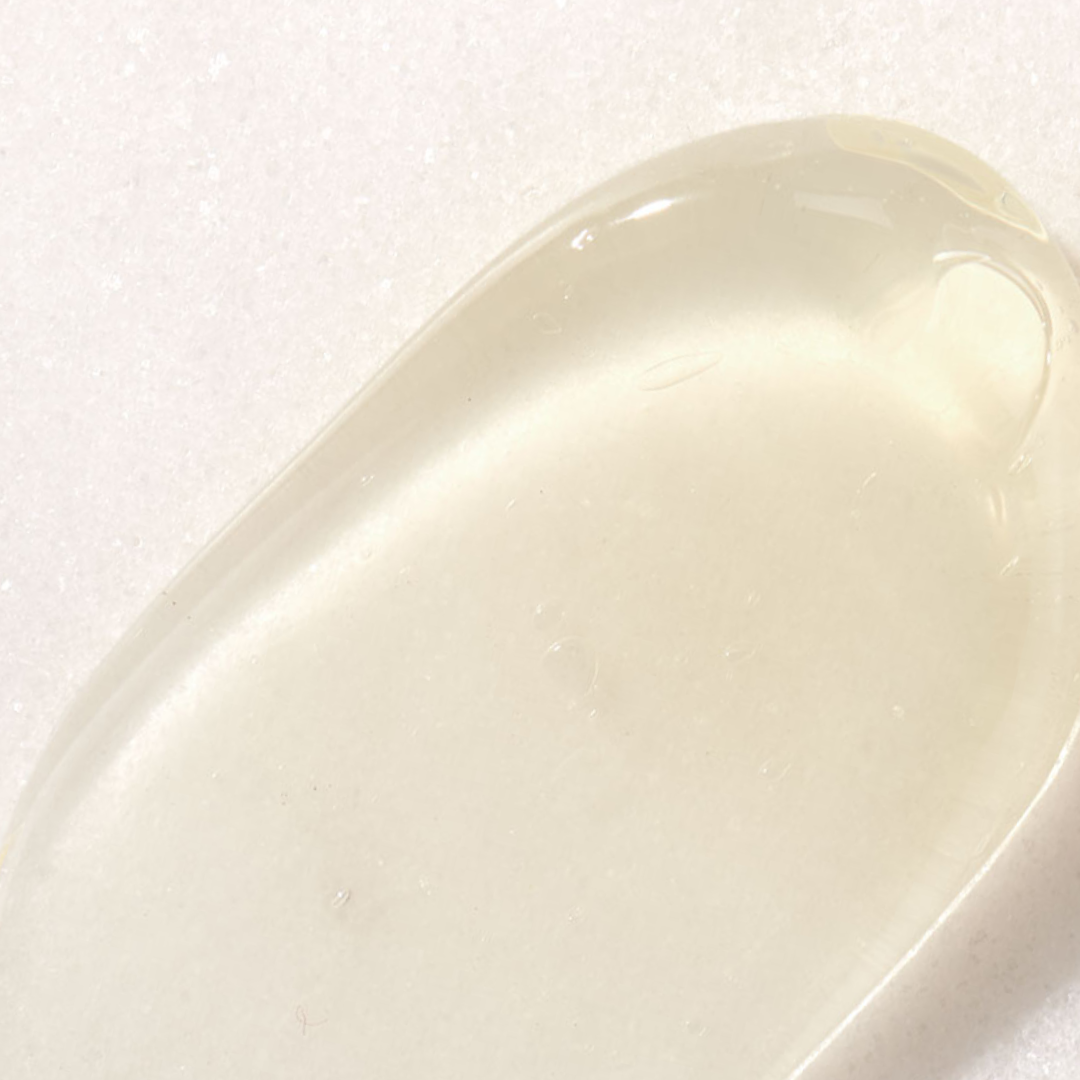Tale as old as time: you get a blemish. When that zit finally subsides, you would hope that’s the end of the story. However, there’s an unfortunate epilogue to this drama—a lingering reminder that your blemish left behind. These remaining marks are called post-inflammatory dyspigmentation. No one needs the visual reminder of a pesky pimple, so read on for my top recommendations to fade it fast.
Ingredients for Success
Since these marks are caused by inflammation, it seems intuitive that anti-inflammatory ingredients would help. Some of the best ingredients for addressing these spots come in the form of antioxidants with soothing properties. Niacinamide, licorice extract, and ubiquinone all even out skin tone thanks to their combination of calming and antioxidant powers.
Another tactic for fading stubborn spots relies on chemical exfoliation. On a micro scale, spots are comprised of older, damaged skin cells that hold on to pigment. Alpha-hydroxy acids encourage those old cells to slough off skin’s surface and reveal the fresher, healthier cells beneath. Glycolic acid is an excellent option, but overuse can exacerbate the problem—especially for deeper skin tones. Be sure not to exfoliate more often than your skin tolerates, and if you’re worried about overdoing it you could consider alternative AHAs like lactic acid or mandelic acid.
My favorite tool in the skincare toolkit happens to be retinol. When used on post-inflammatory marks, it combines the best attributes of both the antioxidants and exfoliants that I previously mentioned. Retinol’s ability to speed up cellular turnover helps to expel pigmented cells while its potent antioxidant properties brighten skin to fade the spot.
PIH or PIE? Does It Matter?
In recent years, these post-inflammatory spots have split into two categories that fall along the lines of skin color. Deeper skin tones accumulate melanin in response to inflammation, causing brown or black spots that may have a blue or grayish undertone. This is called post-inflammatory hyperpigmentation (PIH). Lighter skin tones, on the other hand, are more likely to develop red, pink, or even purplish marks that are increasingly referred to under the newer, separate designation of post-inflammatory erythema (PIE).
For the purposes of at-home treatment, these terms aren’t really important. Both result from skin inflammation (such as a deep, cystic zit or overenthusiastic extractions) and both respond to the same skincare products. If you have a deeper skin tone and have only found recommendations for fading red post-acne marks, that advice is equally applicable to any brown or black PIH spots you may have. The biggest differences in tackling PIH and PIE lie in laser treatments, peels, or other in-office procedures for pigmentation concerns—some of which don’t provide great results for deeper skin tones. If you’re thinking of going the medical route, talk to your dermatologist about which options are suitable for your skin!
XO,
Jordan




